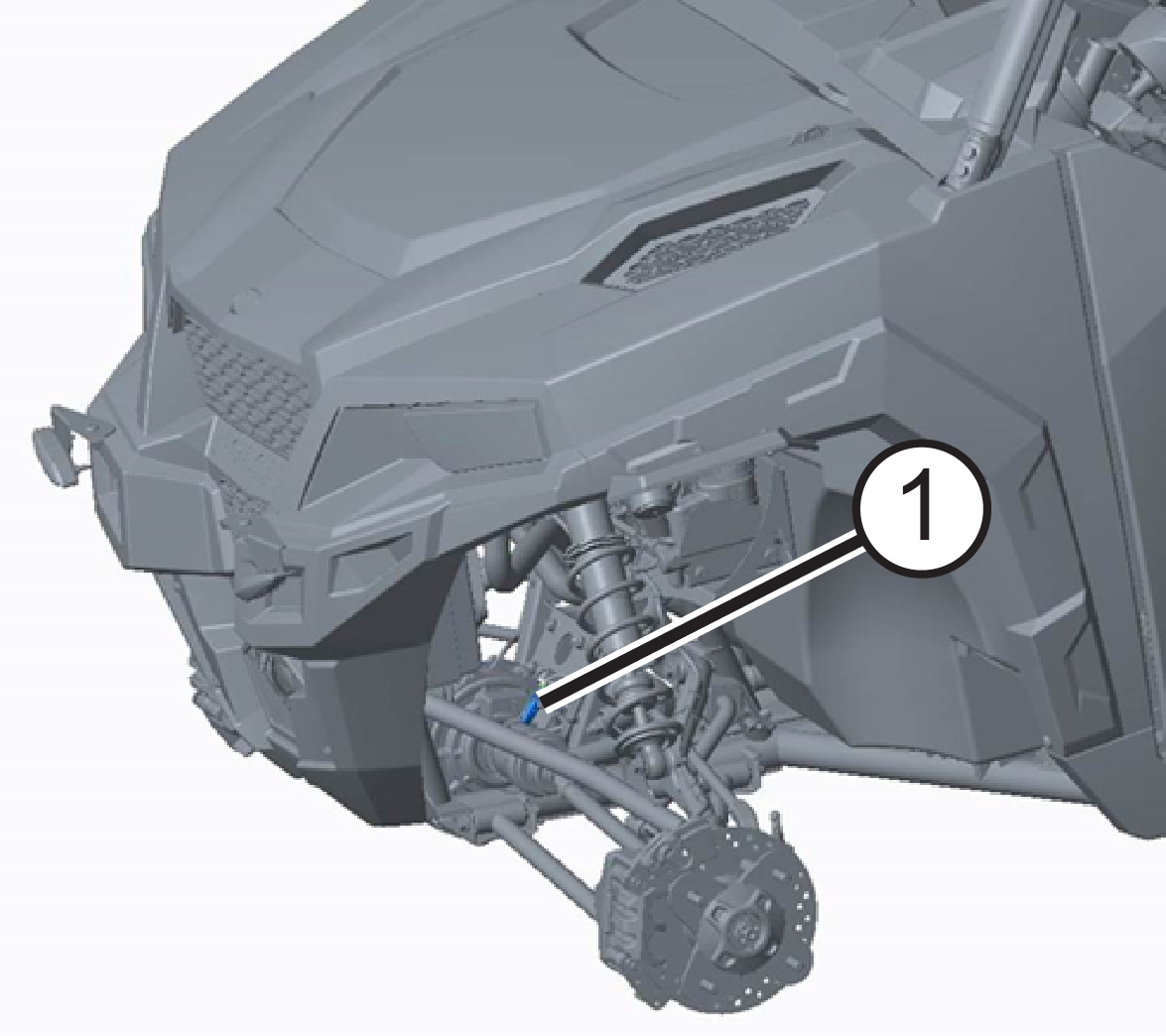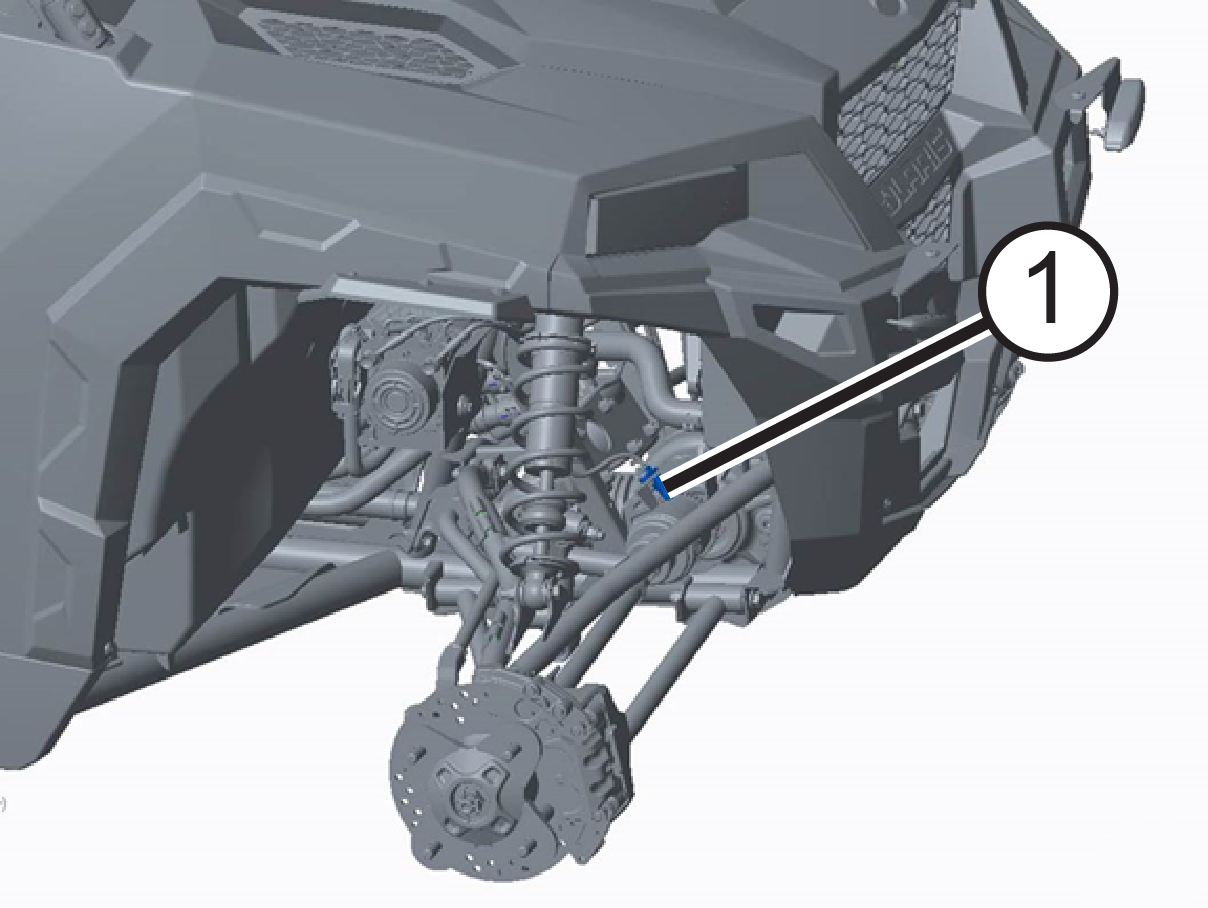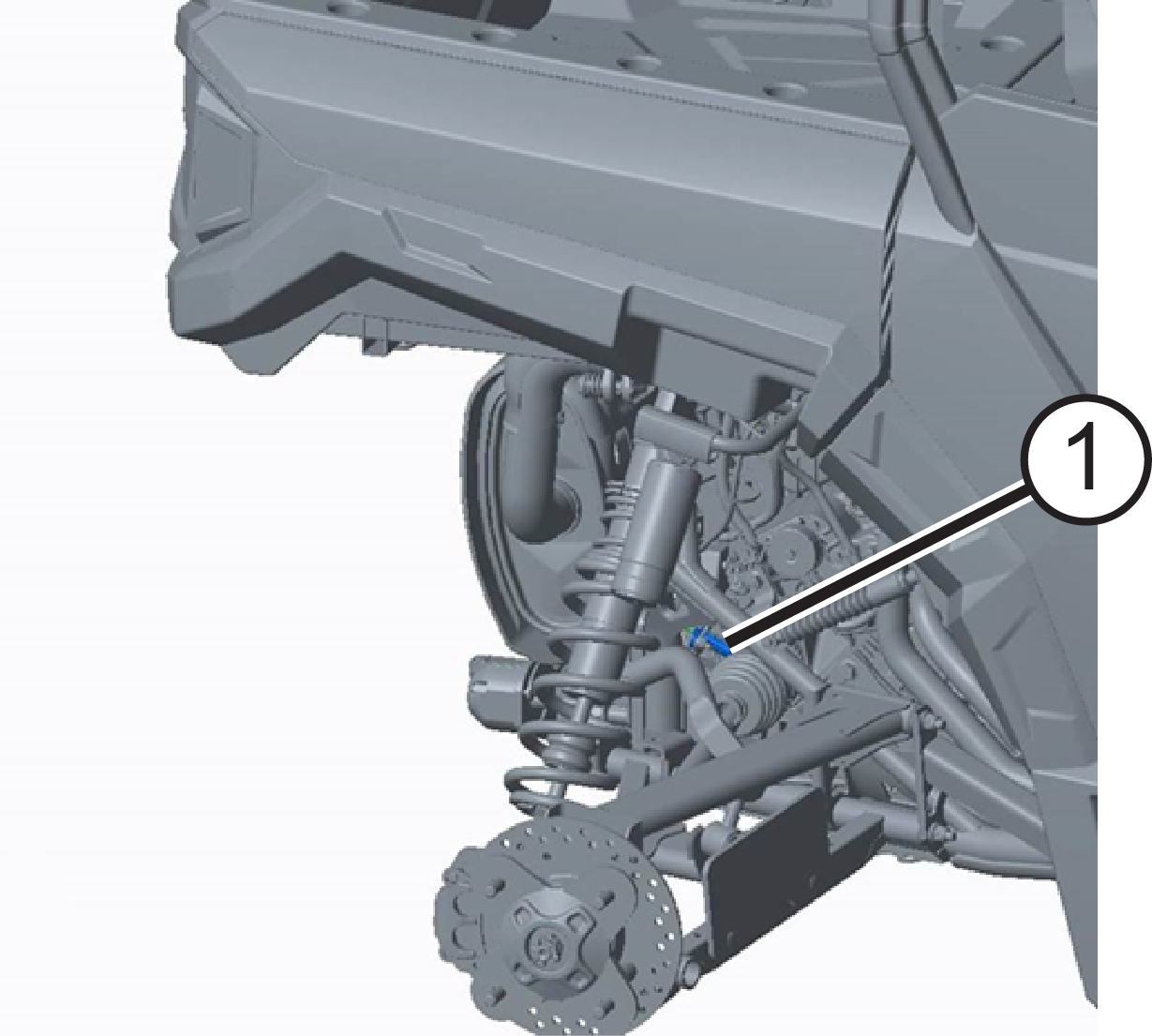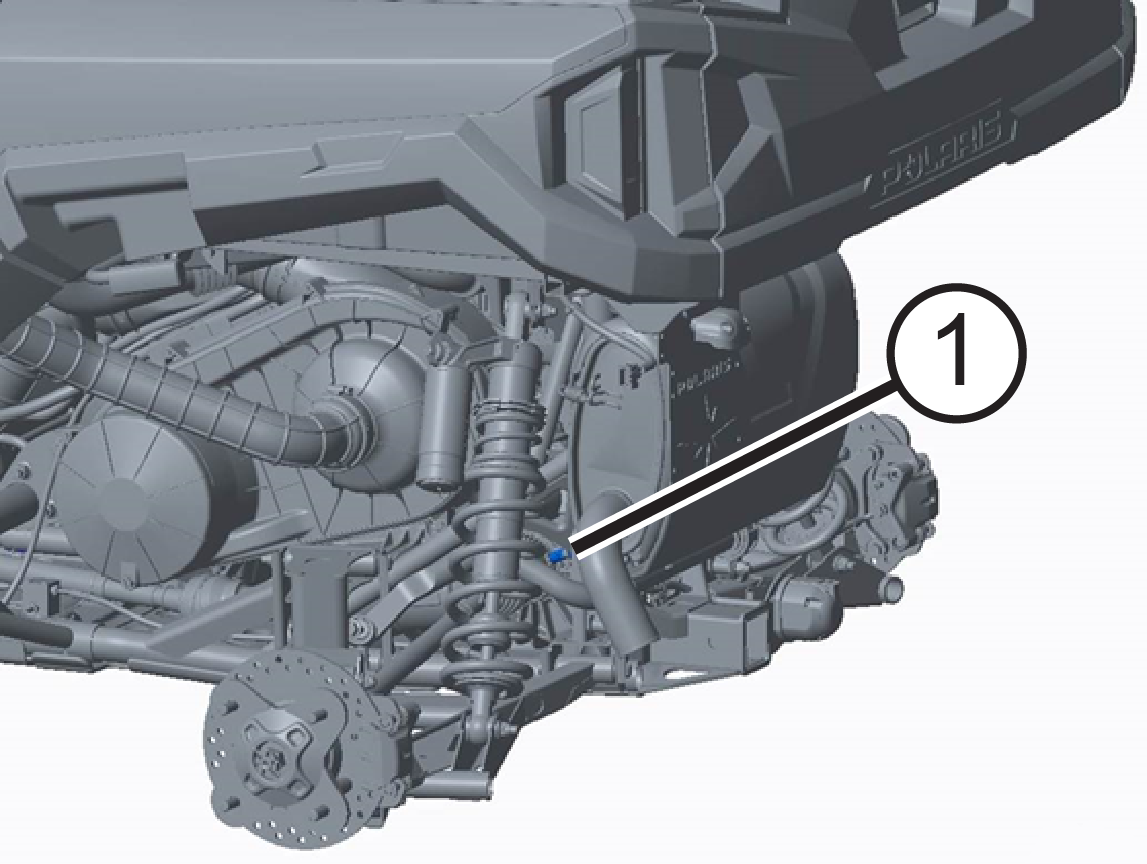
Content Source: 2020 RANGER XP 1000 Tractor Owner’s Manual (9930868 R02) > Maintenance Chapter
| IMPORTANT |
|
The Owner's Manual for this vehicle contains warnings, instructions and other information you must read and fully understand before safely riding or performing maintenance on this vehicle.Always follow the warnings and instructions in Owner's Manual. Click the CONTENTS link above for the Table Of Contents, or download a full PDF of the Owner Manual in the Owner Support area of Polaris.com |
| After opening a bottle of brake fluid, always discard any unused portion. Never store or use a partial bottle. Brake fluid is hygroscopic, meaning it rapidly absorbs moisture from the air. The moisture causes the boiling temperature of the brake fluid to drop, which can lead to early brake fade and the possibility of accident or severe injury. |
|
Do not apply WD-40 or any petroleum product to brake
discs. These types of products are flammable and may also reduce the
friction between the
brake pad and caliper.
|


| caution |
|
Ensure that the ABS sensors are not adjusted outside
the appropriate air gap threshold. The ABS system may function improperly
if this occurs.
If more assistance is needed, please contact your Polaris
dealer or other qualified person. |




© Copyright Polaris Industries Inc. All rights reserved.